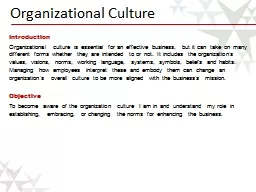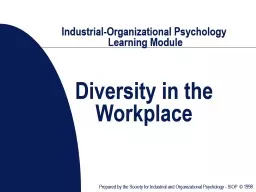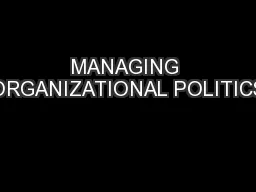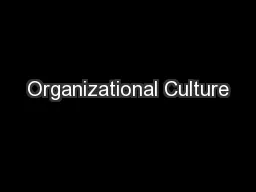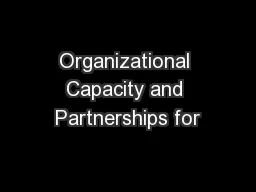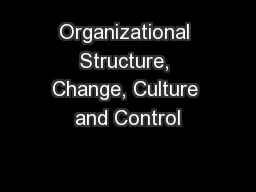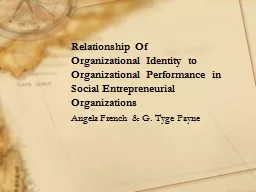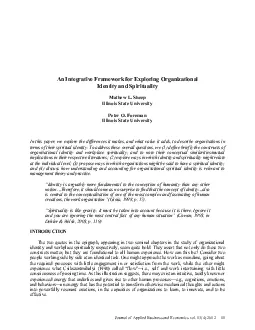PDF-Listening and Influence 1 Running Head LISTENING AND ORGANIZATIONAL IN
Author : hazel | Published Date : 2021-10-07
The present study explored various ways in whorganization members l mechanisms we found that 1 how well organizational members listen is positively associated with
Presentation Embed Code
Download Presentation
Download Presentation The PPT/PDF document "Listening and Influence 1 Running Head L..." is the property of its rightful owner. Permission is granted to download and print the materials on this website for personal, non-commercial use only, and to display it on your personal computer provided you do not modify the materials and that you retain all copyright notices contained in the materials. By downloading content from our website, you accept the terms of this agreement.
Listening and Influence 1 Running Head LISTENING AND ORGANIZATIONAL IN: Transcript
Download Rules Of Document
"Listening and Influence 1 Running Head LISTENING AND ORGANIZATIONAL IN"The content belongs to its owner. You may download and print it for personal use, without modification, and keep all copyright notices. By downloading, you agree to these terms.
Related Documents


